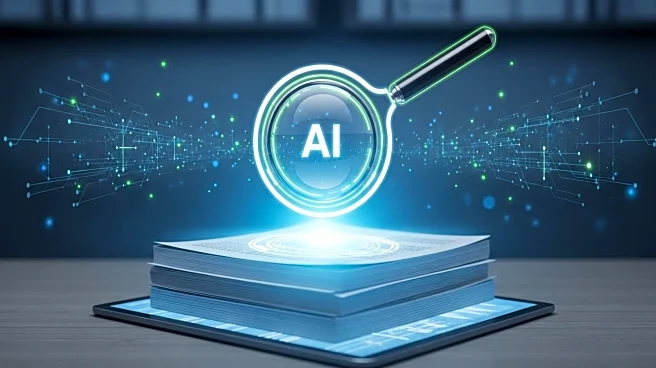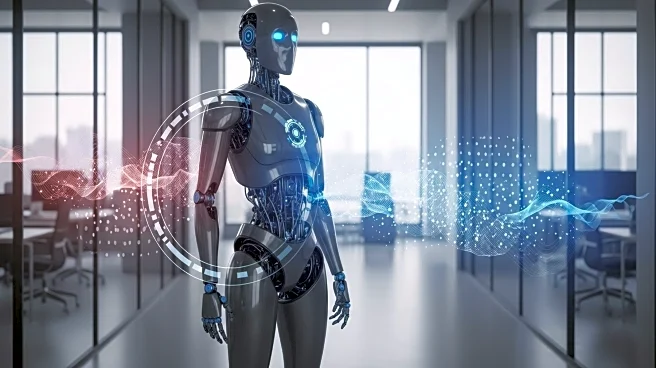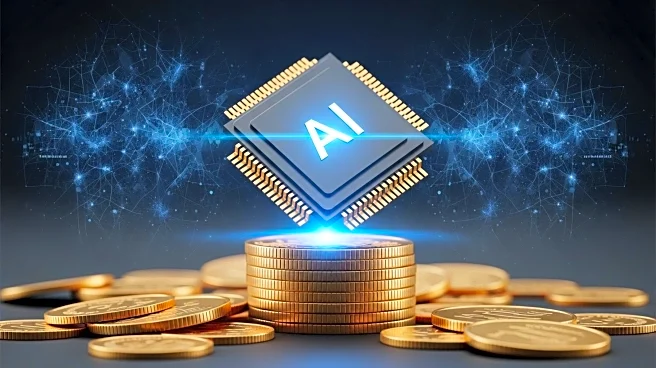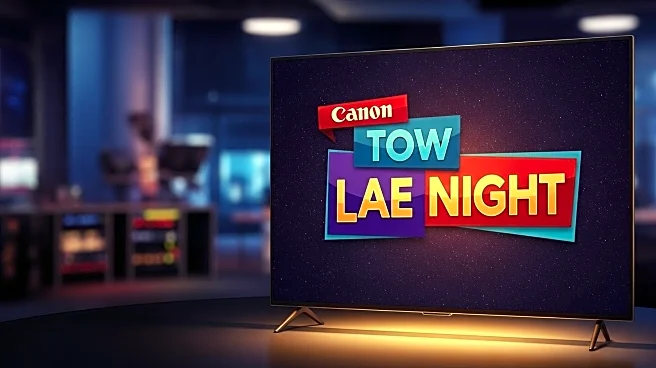What is the story about?
What's Happening?
The rise of AI-generated content in academic publishing has led to the emergence of 'paper mills,' which are organizations that produce scientific papers on demand using generative AI. These paper mills exploit the reliance of editorial boards on similarity analysis for plagiarism detection, allowing AI-generated articles to pass traditional checks. AI detection tools, which analyze linguistic style and structure, are being increasingly used to identify machine-generated content and ensure the authenticity of academic publications. A Stanford University study found that AI detection models can accurately identify generated sections in 90% of cases when analyzing longer academic texts.
Why It's Important?
The use of AI detection tools is crucial for maintaining the credibility and ethical standards of academic publishing. By identifying AI-generated content, publishers can assure reviewers and readers of the authenticity of published works. This is particularly important as AI technology continues to transform academic communication. The implementation of AI detection tools helps prevent abuse and ensures compliance with international database requirements, such as those set by Scopus and Web of Science. As AI-generated content becomes more prevalent, these tools are essential for protecting the integrity of scientific output.
What's Next?
Publishers are expected to continue integrating AI detection tools into their anti-plagiarism systems to combat the growing threat of paper mills. This integration will likely become a standard practice, as transparency regarding AI usage is increasingly mandated by major indexing databases. Publishers may also enhance their peer-review processes by using AI detection tools to assess the quality of submissions. As AI technology evolves, publishers will need to adapt dynamically to new challenges to maintain ethical standards and publication credibility.
Beyond the Headlines
The ethical implications of AI-generated content in academic publishing are significant. The ability to detect AI-generated text not only protects the integrity of scientific research but also raises questions about authorship and the value of human contribution in academia. As AI tools become more sophisticated, the distinction between human and machine-generated content may blur, challenging traditional notions of authorship and creativity. This development could lead to a reevaluation of academic standards and practices, as well as the role of AI in the creative process.
AI Generated Content
Do you find this article useful?













